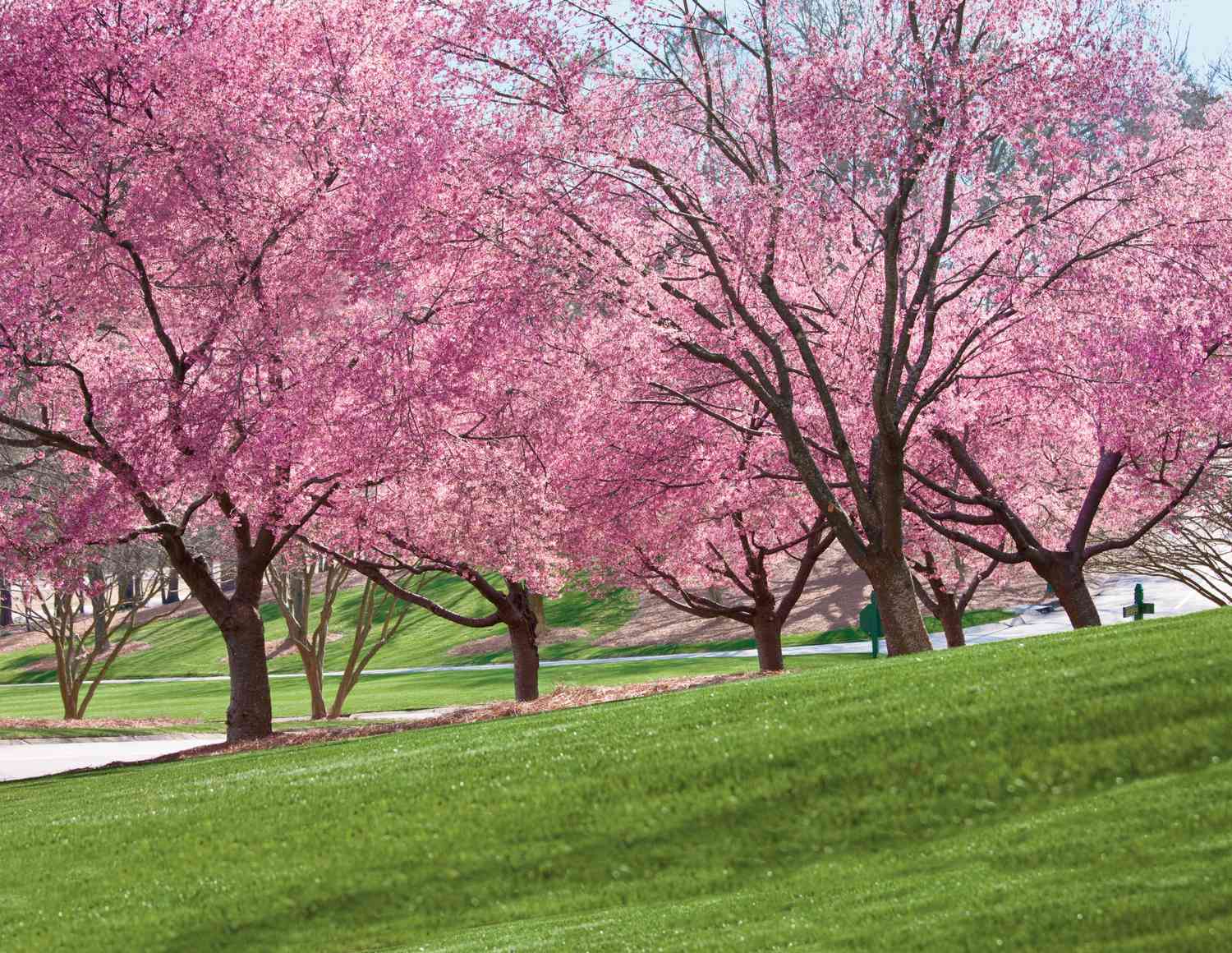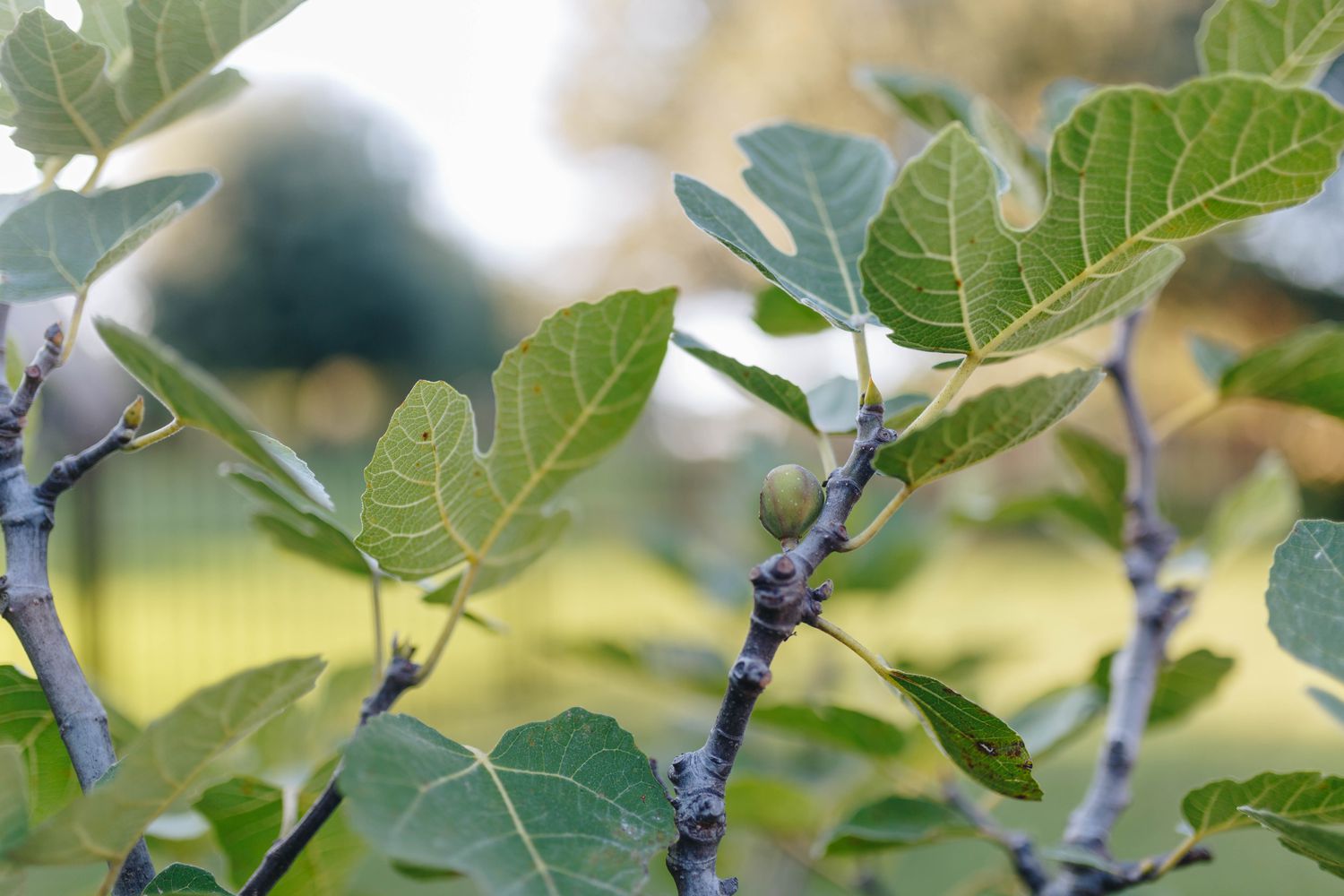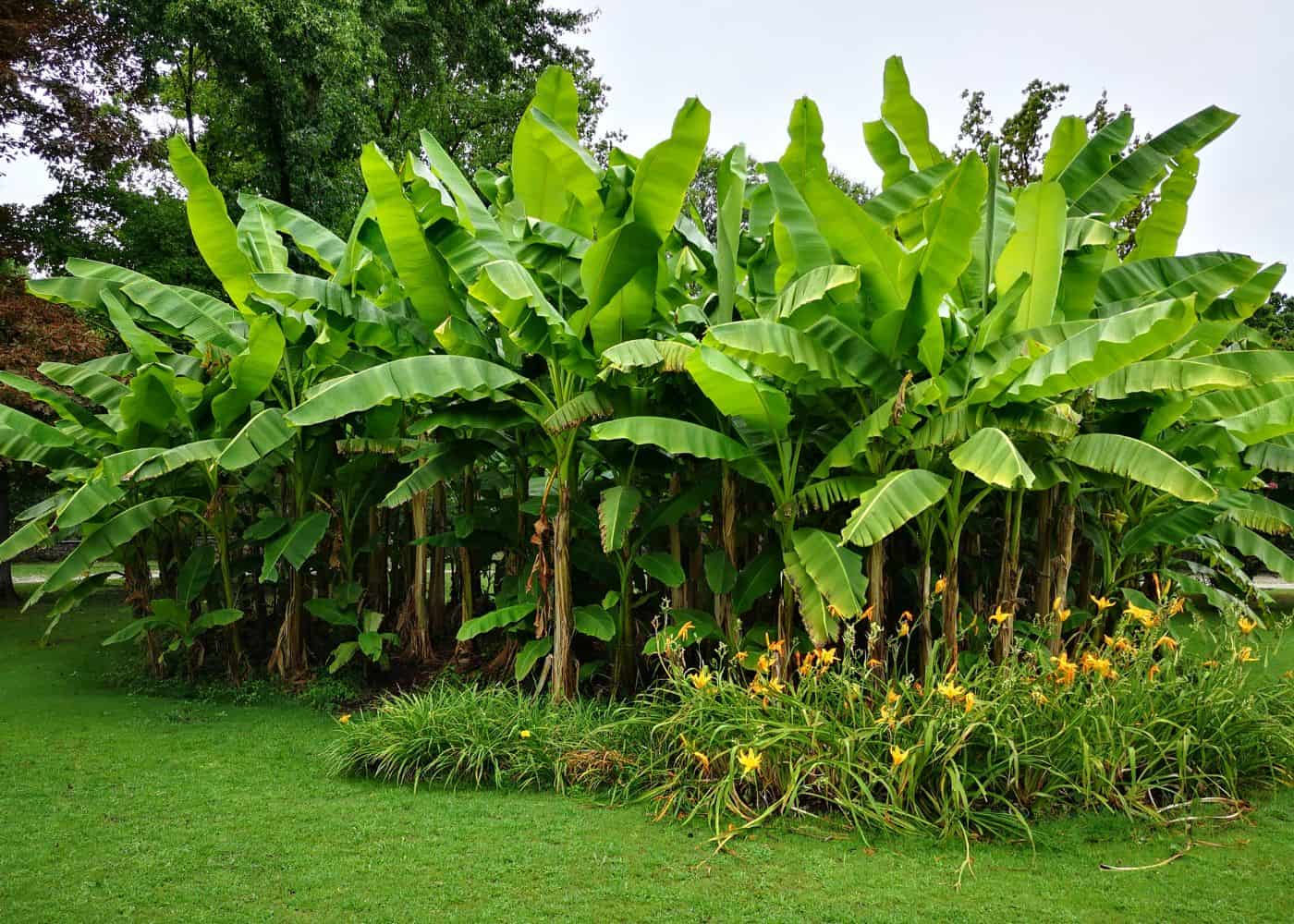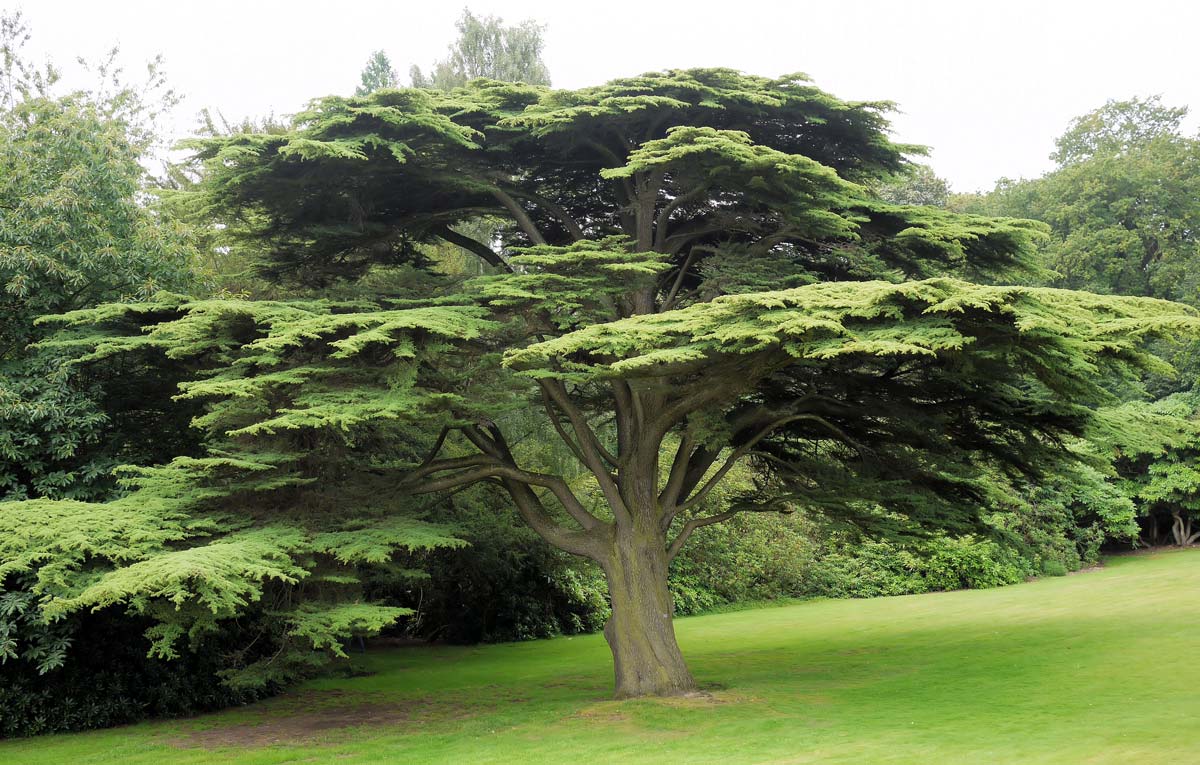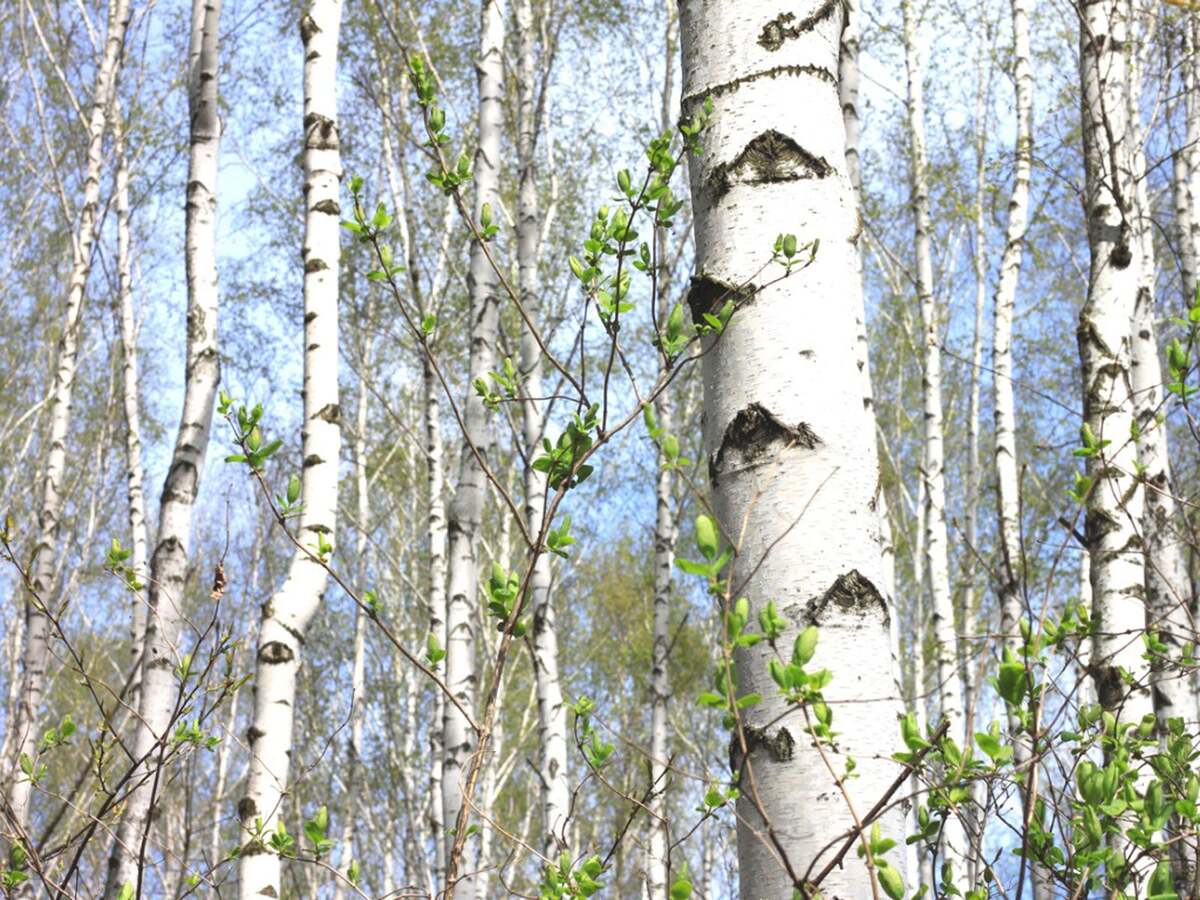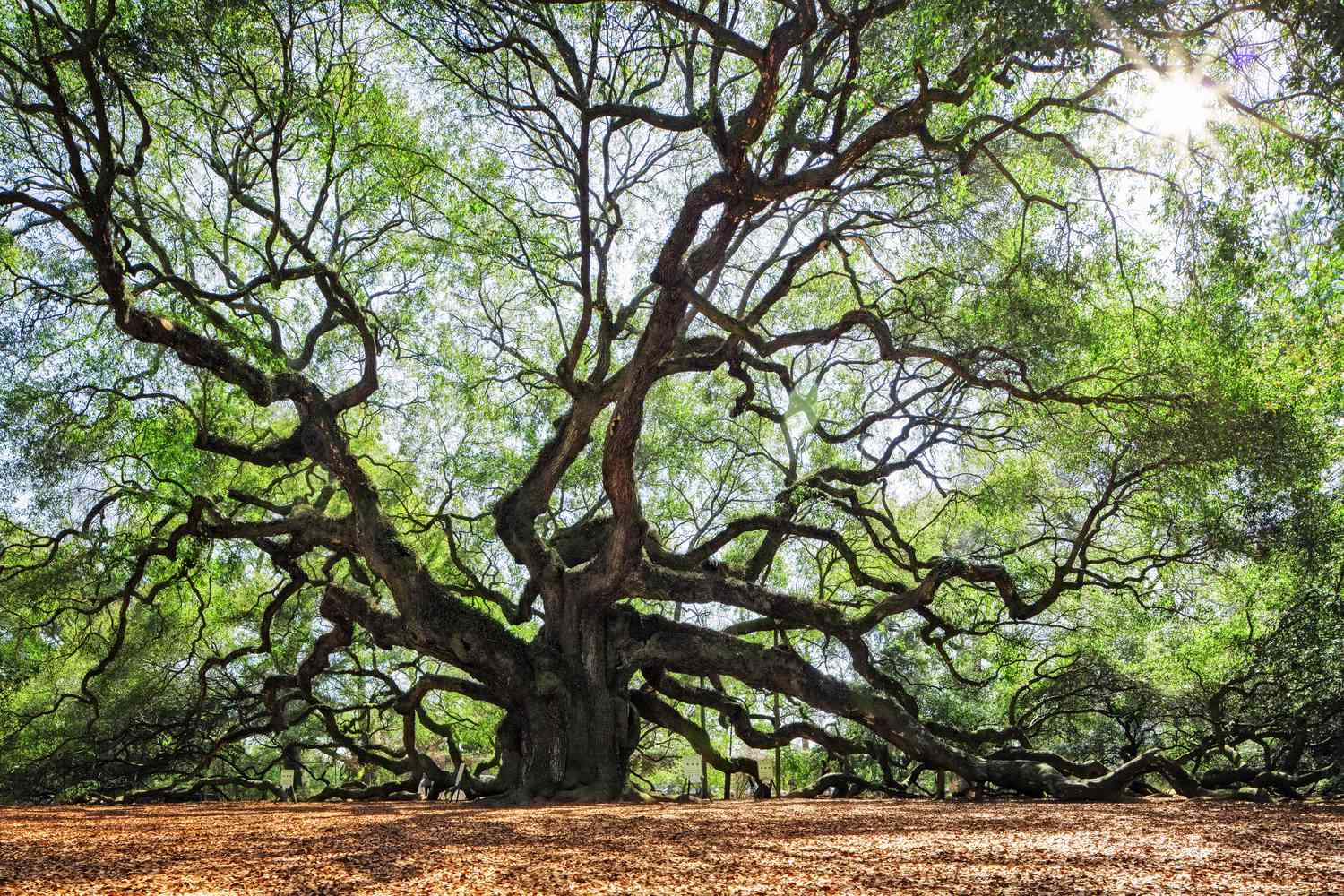Home>Garden Design>Planning Your Garden>How Tall Do Boxwood Shrubs Grow
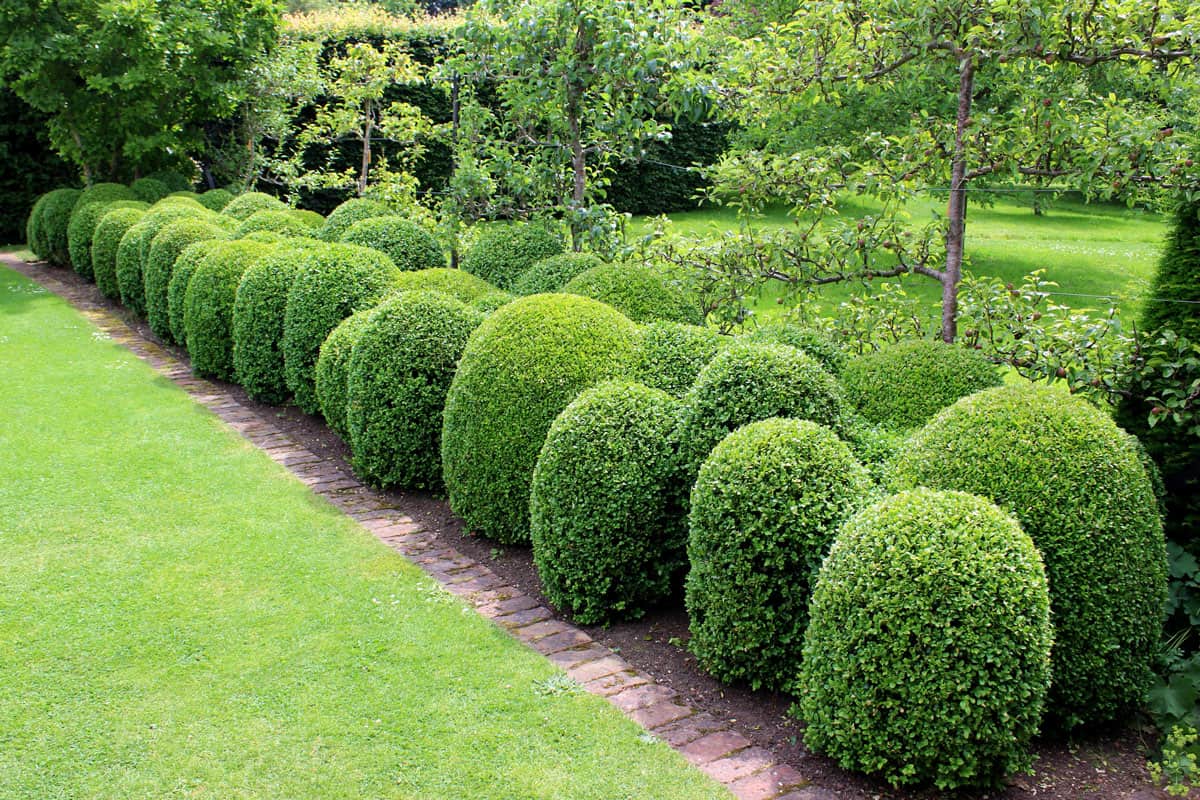

Planning Your Garden
How Tall Do Boxwood Shrubs Grow
Modified: January 22, 2024
Planning your garden? Discover how tall boxwood shrubs can grow and choose the perfect variety for your landscape.
(Many of the links in this article redirect to a specific reviewed product. Your purchase of these products through affiliate links helps to generate commission for Chicagolandgardening.com, at no extra cost. Learn more)
Table of Contents
Introduction
Welcome to the world of boxwood shrubs! These versatile and elegant plants have long been a favorite among gardeners and landscapers for their dense foliage, evergreen nature, and ability to be shaped into formal hedges or charming topiaries. If you’re planning to incorporate boxwood shrubs into your garden, one of the important factors to consider is their height.
Boxwood shrubs belong to the Buxus genus and are known for their slow growth rate and compact habit. However, there is a wide range of boxwood varieties available, each with its own unique growth characteristics. Understanding how tall boxwood shrubs can grow and how to control their height can help you make informed decisions when planning your garden.
In this article, we will explore the factors that influence boxwood shrub height, the maximum height you can expect from different varieties, and various techniques to promote vertical growth or control their height. Whether you’re looking for tall boxwood shrubs as a backdrop to your garden or more compact varieties for low hedges, we’ve got you covered!
Characteristics of Boxwood Shrubs
Boxwood shrubs are known for their distinct characteristics that make them a popular choice among gardeners. Here are some key features of these versatile plants:
Evergreen Foliage: One of the standout features of boxwood shrubs is their year-round green foliage. This makes them an excellent choice for adding structure and color to your garden, even in the winter months.
Dense Growth Habit: Boxwood shrubs have a dense growth habit, with small, leathery leaves packed closely together. This creates a compact and neat appearance, perfect for creating formal hedges or sculpting into various shapes.
Slow Growth Rate: Boxwood shrubs are known for their slow growth rate, which makes them low-maintenance plants. They typically grow only a few inches per year, allowing for easy maintenance and shaping.
Variety of Sizes: While boxwood shrubs are generally compact, there is a wide range of sizes available. Some varieties stay small, reaching only a few feet in height, while others can grow taller, making them suitable for different garden designs and purposes.
Tolerance to Pruning: Boxwood shrubs are highly tolerant of pruning and can withstand being trimmed into various shapes and sizes. This makes them ideal for creating formal hedges, topiaries, or even geometric designs in your garden.
Adaptable to Different Growing Conditions: Boxwood shrubs are versatile and can thrive in various growing conditions. They prefer well-drained soil and partial shade but can tolerate full sun and a range of soil types. However, it is important to ensure good air circulation to prevent diseases.
With their evergreen foliage, dense growth habit, and adaptability, boxwood shrubs are an excellent choice for adding structure, texture, and charm to your garden landscape.
Factors Affecting Boxwood Height
Several factors can influence the height of boxwood shrubs. Understanding these factors can help you plan and manage your garden effectively. Here are the key factors that affect the height of boxwood shrubs:
Variety: Different boxwood varieties have varying growth habits and heights. Some varieties naturally grow taller, while others stay more compact. It’s essential to choose the right variety that suits your desired height requirements for your garden.
Age: The age of the boxwood shrub can play a role in its height. Younger plants tend to be smaller and shorter, while older plants have had more time to grow and may reach their maximum height potential.
Growing Conditions: The growing conditions in your garden can significantly impact the height of boxwood shrubs. Factors such as sunlight, soil quality, moisture levels, and air circulation can affect their overall growth. Providing optimal growing conditions can help promote healthy growth and potentially result in taller shrubs.
Pruning: Pruning plays a vital role in controlling the height of boxwood shrubs. Regular and strategic pruning can help maintain the desired height and shape. Pruning can stimulate growth in certain areas, resulting in a fuller appearance and potentially influencing the overall height of the shrub.
Climate: Boxwood shrubs thrive in temperate climates and can tolerate both heat and cold to some extent. However, extreme weather conditions, such as prolonged periods of high heat or severe frost, can impact their growth. It’s important to consider the climate in your area when planning the height of boxwood shrubs.
Fertilization: Proper fertilization can promote healthy growth in boxwood shrubs. Using a balanced fertilizer formulated for shrubs can supply the necessary nutrients for optimum growth potential. However, excessive fertilizer application can lead to overgrowth, which may result in taller shrubs. It’s important to follow the recommended dosage and frequency for fertilizing boxwood shrubs.
By considering these factors and taking appropriate actions such as selecting the right variety, providing optimal growing conditions, implementing strategic pruning, and considering climate and fertilization, you can have better control over the height of your boxwood shrubs and ensure they thrive in your garden.
Maximum Height of Boxwood Shrubs
The maximum height of boxwood shrubs can vary depending on the variety you choose. While boxwood shrubs are generally known for their compact growth habit, there are some taller varieties available. Here are a few popular boxwood varieties and their maximum height potential:
- American Boxwood (Buxus sempervirens): This variety is one of the tallest boxwood shrubs and can reach a maximum height of 10 to 15 feet. It has dark green foliage and provides an excellent backdrop in larger gardens or as a standalone specimen.
- English Boxwood (Buxus sempervirens ‘Suffruticosa’): This dwarf variety is one of the most compact boxwood shrubs, staying at a maximum height of around 2 feet. It’s often used for low hedges, border plantings, or in formal gardens.
- Japanese Boxwood (Buxus microphylla var. japonica): This variety has a maximum height of 4 to 6 feet and is known for its dense, dark green foliage. It’s an excellent choice for medium-height hedges or as a foundation plant.
- Korean Boxwood (Buxus sinica var. insularis): This variety typically reaches a maximum height of 2 to 3 feet. It has smaller leaves and a slow growth rate, making it a versatile choice for borders, edging, and containers.
It’s important to note that the maximum height mentioned for each variety represents their potential growth under ideal conditions. Factors like pruning, growing conditions, and age can influence the actual height of the boxwood shrubs in your garden. Regular pruning can help maintain the desired height and shape, preventing the shrubs from exceeding their maximum height potential.
When choosing boxwood shrubs, consider the height requirements of your garden design and desired purpose. Whether you need taller shrubs for privacy screening or prefer more compact varieties for smaller borders or topiaries, there is a boxwood variety suited for your specific needs.
Popular Varieties of Tall Boxwood Shrubs
When it comes to tall boxwood shrubs, there are several popular varieties to choose from. These varieties offer an ideal balance between height and density, making them versatile options for various landscaping needs. Let’s explore some of the commonly preferred tall boxwood shrubs:
- American Boxwood (Buxus sempervirens): As mentioned earlier, the American Boxwood is one of the tallest boxwood shrubs, reaching a maximum height of 10 to 15 feet. It is known for its glossy dark green leaves and dense foliage, providing excellent privacy screening or acting as a backdrop in larger gardens.
- Green Tower Boxwood (Buxus sempervirens ‘Monrue’): This variety is famous for its upright and columnar growth habit, reaching a height of 6 to 8 feet and spreading only 2 to 3 feet wide. Its tall and narrow form makes it an excellent choice for adding vertical interest in small spaces or as an accent plant in containers or formal gardens.
- English Boxwood (Buxus sempervirens ‘Suffruticosa’): While English Boxwood is known for its compact growth, it can still reach a maximum height of around 4 feet. This slow-growing variety features dense, evergreen foliage and is often used for low hedges or as edging along pathways and garden beds.
- Dutch Boxwood (Buxus sempervirens ‘Rotundifolia’): This variety has an upright growth habit and can reach a maximum height of 8 feet. It features dark green leaves and maintains its density even in winter. Dutch Boxwood is an excellent choice for privacy hedges, formal gardens, or as a backdrop in mixed borders.
- Japanese Boxwood (Buxus microphylla var. japonica): While this variety is relatively shorter, reaching a maximum height of 4 to 6 feet, it still falls in the category of tall boxwood shrubs. It has small, dense, and glossy green leaves and is often used for medium-height hedges, topiaries, or foundation plantings.
These tall boxwood shrub varieties offer different growth habits, heights, and foliage characteristics, allowing you to choose the perfect fit for your garden’s aesthetic and desired purpose. Whether you’re looking for privacy screening, vertical accents, or formal hedging, there is a tall boxwood variety to suit your needs.
Remember to consider the specific growing requirements for each variety, such as sunlight, soil conditions, and proper spacing, to ensure the health and longevity of your tall boxwood shrubs in your garden.
Tips for Promoting Vertical Growth in Boxwood Shrubs
If you want to encourage vertical growth in your boxwood shrubs, there are several tips and techniques you can implement. Promoting vertical growth can help you achieve a more upright and visually appealing appearance. Here are some helpful tips:
- Proper Planting: When planting your boxwood shrubs, make sure to dig a hole that is wide and deep enough to accommodate the root ball comfortably. This will give the roots room to establish and encourage upward growth.
- Pruning: Selective pruning can help promote vertical growth. Trim the branches that are growing horizontally or in a downward direction. Focus on removing the lower branches or those that are growing too close to the trunk. This will redirect the plant’s energy towards upward growth.
- Regular Watering: Boxwood shrubs prefer moist soil but are also tolerant of drought conditions once established. However, regular watering during dry spells can help promote healthy growth and encourage vertical expansion.
- Fertilization: Use a balanced fertilizer specifically formulated for shrubs to provide the necessary nutrients for vertical growth. Apply the fertilizer according to the instructions and avoid over-fertilization, which can lead to excessive foliage growth and hinder vertical development.
- Spacing: Proper spacing between boxwood shrubs is crucial for their vertical growth. Make sure to plant them with enough distance to allow for sufficient air circulation and sunlight exposure. Avoid overcrowding, as it can lead to a more compact and bushy growth habit.
- Sunlight Exposure: Boxwood shrubs thrive in partial shade to full sun conditions. Ensure they are getting adequate sunlight exposure to promote vertical growth. If your shrubs are not receiving enough light, consider pruning nearby trees or shrubs that may be blocking the sunlight.
- Regular Maintenance: Consistent and proper maintenance, including pruning, watering, and fertilization, is essential for encouraging vertical growth in boxwood shrubs. Regularly monitor the health of your plants and address any pest or disease issues promptly.
Keep in mind that boxwood shrubs have a slow growth rate, so be patient as you implement these tips. It may take some time for the vertical growth to become noticeable. Regular care and attention will help your boxwood shrubs reach their full potential in terms of height and create a visually pleasing landscape.
Pruning Techniques to Control Boxwood Height
Pruning is a vital technique for controlling the height of boxwood shrubs and maintaining their desired shape and size. With proper pruning techniques, you can prevent boxwood shrubs from growing too tall and ensure they fit harmoniously within your garden. Here are some effective pruning techniques to help control boxwood height:
- Regular Maintenance Pruning: Regularly prune your boxwood shrubs to remove excessive or overgrown branches. This helps maintain a compact and controlled growth habit. By pruning back the new growth each year, you can prevent the shrub from becoming too tall.
- Shearing: Shearing is a technique commonly used to maintain geometric shapes or formal hedges. By using hedge trimmers, you can prune the outer growth of the shrub to a specific height, creating a neat and uniform appearance. However, avoid shearing too frequently or too aggressively, as it can lead to a dense outer layer and bare interior branches.
- Selective Pruning: Selective pruning involves selectively removing specific branches to control the height and shape of the boxwood shrub. Identify branches that are growing too tall or in undesirable directions and prune them back to the desired height or outward-facing bud. This technique allows you to maintain a more natural and organic shape while still controlling the overall height.
- Stooling: Stooling is a more drastic pruning technique used to rejuvenate an overgrown boxwood shrub. It involves cutting the entire shrub back to a few inches above ground level. This severe pruning stimulates new growth from the base of the plant, resulting in a more compact and controlled height.
- Thinning: Thinning is a technique that involves selectively removing branches from within the shrub to improve air circulation and light penetration. By thinning out overcrowded areas, you can promote vertical growth and prevent the shrub from becoming too dense and bushy.
When pruning boxwood shrubs, it’s important to use sharp and clean pruning tools to make clean cuts and minimize the risk of infection. Aim to prune during the dormant season or early spring before new growth begins.
Remember that boxwood shrubs have a slow growth rate, and it may take time for the effects of pruning to become visible. Be patient and consistent with your pruning techniques to achieve the desired height and shape for your boxwood shrubs.
Conclusion
Boxwood shrubs are versatile, elegant, and evergreen plants that can add beauty and structure to any garden or landscape. Understanding the factors that affect boxwood height and learning how to control it is essential for successful garden planning.
By considering the specific characteristics of boxwood shrubs, such as their compact growth habit, slow growth rate, and adaptability, you can select the right variety that suits your desired height requirements. Factors like age, growing conditions, pruning, climate, and fertilization also play significant roles in the height of boxwood shrubs.
Whether you prefer tall boxwood shrubs for privacy screening, as backdrops in your garden, or more compact varieties for low hedges and borders, there is a vast selection of boxwood varieties available to meet your specific needs.
By implementing tips to promote vertical growth and using proper pruning techniques, you can control the height of boxwood shrubs and maintain their desired shape and size. Regular maintenance, including watering, fertilizing, and monitoring for pests or diseases, will ensure the health and appearance of your boxwood shrubs.
Remember, boxwood shrubs have a slow growth rate, so be patient and consistent in your gardening efforts. With proper care and attention, your boxwood shrubs will thrive, contributing to a beautiful, well-manicured garden for years to come.
